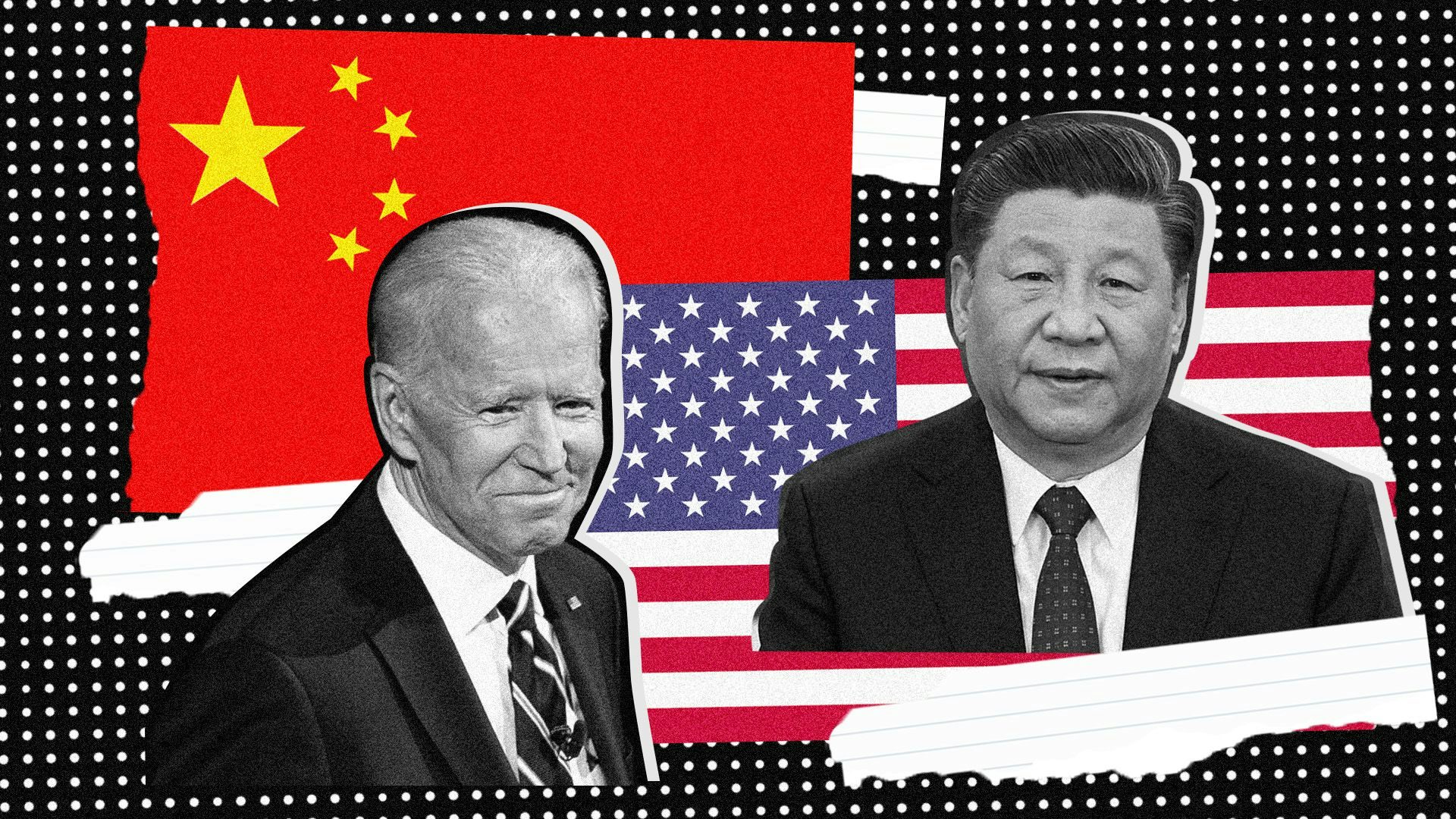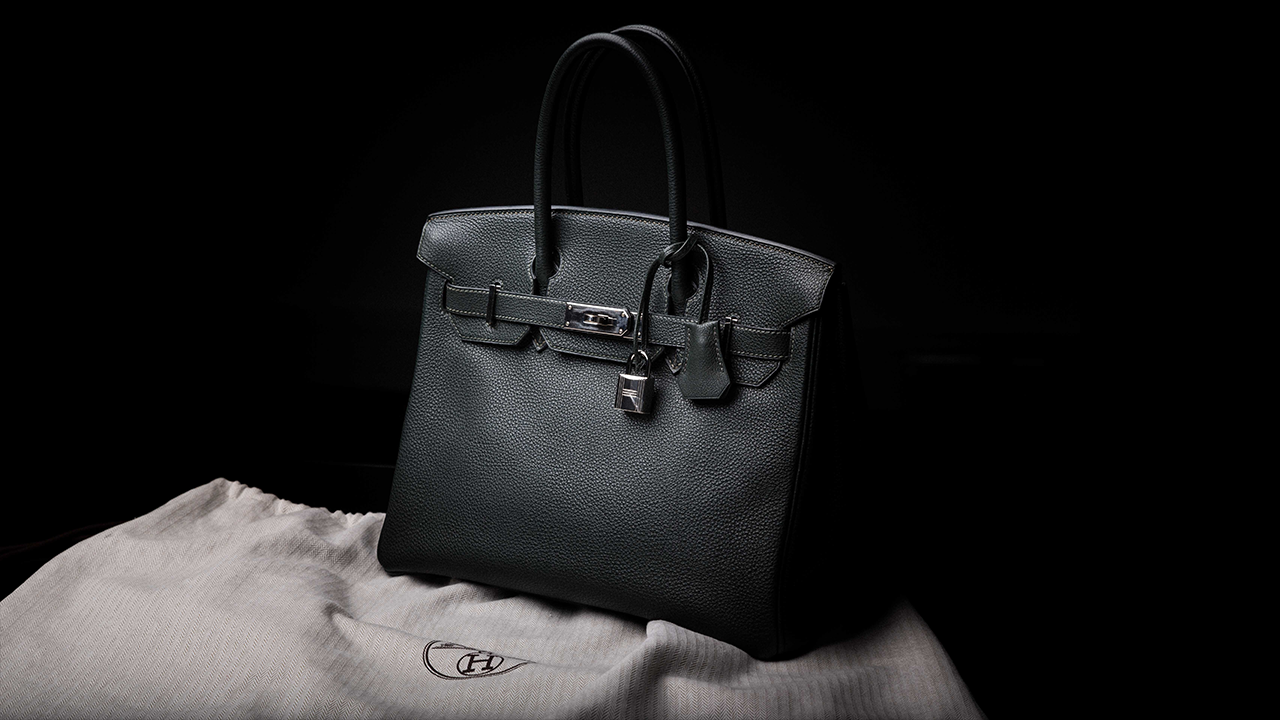Key Takeaways:#
Anti-American sentiment has led 66 percent of consumers to say they will be buying domestic labels over foreign ones and 57 to say they will spend less on American products.
Luxury brands investing in “clean tech” and sustainable practices will find an opportunity to connect with these “woke” consumers. But, those who are against implementing strategies for change will have a tough time in China.
The pandemic has facilitated a shift toward inconspicuous consumption, and products perceived as investments have proved to be notably resilient.
A devastating global pandemic has ravished the world, millions of people are at risk of losing their livelihoods, entire industry sectors have been subdued, and China’s rising global influence has annihilated “the unipolar moment” in world politics.
Given the current situation, global brands have understood that the regional economic outlook for the Old World is not too promising. At the same time, China’s economy has been far better equipped to bounce back. As such, multinational corporations found an opportunity in the COVID-19 pandemic to close down underperforming facilities and downsize their operations and stores’ footprint in the Western hemisphere while investing heavily in China.
European luxury brands have inaugurated new stores, expanded their digital solutions, and boosted their e-commerce performance in China — all while reducing their physical footprint in the West. “Mainland China has become the place where all the purchase power is trapped,” said Mauro Maggioni, Asia Pacific CEO at Golden Goose.
OTB CEO Ubaldo Minelli echoed a similar view in his discussions with Vogue Business. “We will increasingly shift physical retail investment to China and the Asia Pacific.” So, considering these circumstances, let’s look at some challenges for global luxury brands in China.
Significant changes in consumer behavior#
January marked the demise of four turbulent years. However, ending Trump’s dreams of a second term didn’t bring the prospect of a reconciliation between China and the US. And consumers on both sides are becoming increasingly fearful, angry, and distrustful of the other side. Chinese consumers, in particular, are shifting away from American brands.
“For years, American companies looked to China as a land of new opportunity,” says The Wall Street Journal. “Now a new reality is settling in: The Chinese consumer isn’t about to save the day for Western brands.” According to a survey of Chinese shoppers ahead of Singles’ Day, released by global consulting firm AlixPartners, 66 percent of consumers said they’ll be buying domestic labels over foreign ones, and 57 percent were planning to spend less on American products.
Trump’s anti-China rhetoric has impacted consumer sentiment, stoking patriotism and nationalism. Domestic brands and local labels have benefited immensely from this move, but American brands have been ridiculed on social media and boycotted by their former supporters.
The profound sales shift in retail categories#
Before COVID-19, retail segments like loungewear, workleisure, and comfy work-from-home clothes were the underdogs. But in the new stay-at-home economy, quarantine fashion has gone mainstream. Do-it-yourself (DIY) beauty, skincare, and at-home wellness are also on the rise, while the recovery of the makeup sector and, in particular, the lipstick segment remain slow.
McKinsey & Company also highlights the success of “above-the-mask treatments” and eye-cosmetic sales. Meanwhile, Alizila argues that the Taobao Live sessions that presented live makeup tutorials while wearing masks attracted 8.2 million viewers on February 18, which led to a 150 percent, month-over-month sales increase of eye shadow palettes that week.
Consumer activism creates a “woke” culture in China#
Brands shouldn’t expect Chinese consumers to march in the streets and chant slogans for racial equality, but that doesn’t mean that a silent reckoning is not happening in the country. Chinese consumers care about sustainability, equality, peace, justice, and diversity, and the pandemic has accentuated their desire to create a blueprint for a more sustainable world.
According to a McKinsey & Company survey, 60 percent of Gen Zers and millennials interviewed said they are "trying to minimize the negative effects their eating habits have on the environment.” Meanwhile, 50 percent of both groups said they always look for locally-sourced products.
Luxury brands investing in “clean tech” and sustainable practices will find an opportunity to connect with these “woke” consumers. But, those who are against implementing strategies for change will have a tough time in China.
China’s increasingly sophisticated market as challenge and opportunity#
“There is a noticeable shift of demand from luxury products flaunting logos to more understated and stylish products,” says Martin Roll, Business and Brand Strategist. This market sophistication is not a recent phenomenon. McKinsey & Company was already discussing the evolving profile of the Chinese luxury consumer and the hunt for a “timeless style” — which is becoming more important than “innovative designs” — back in 2017.
However, the pandemic has facilitated a shift toward inconspicuous consumption and a more mature, discrete form of luxury. Products perceived as investments have proved to be notably resilient during this period, so luxury brands need to stay committed to producing quality instead of high volumes of seasonal products.
Fortunately, 2021 also comes with incredible opportunities in China. For instance, heritage brands would be wise to reconsider their luxury resale positions and create a strong luxury resale strategy.
We’ve already seen Richemont moving in this direction, with the acquisition of Watchfinder and Burberry’s partnership with The RealReal. Nonetheless, the biggest shift in this direction came in October, when The RealReal partnered with Gucci to create an online shop featuring pre-owned Gucci pieces.
Meanwhile, “the repatriation of wealth” represents another once-in-a-lifetime opportunity. As such, luxury brands should look to expand their physical footprints in Hainan or other duty-free channels as soon as possible.


